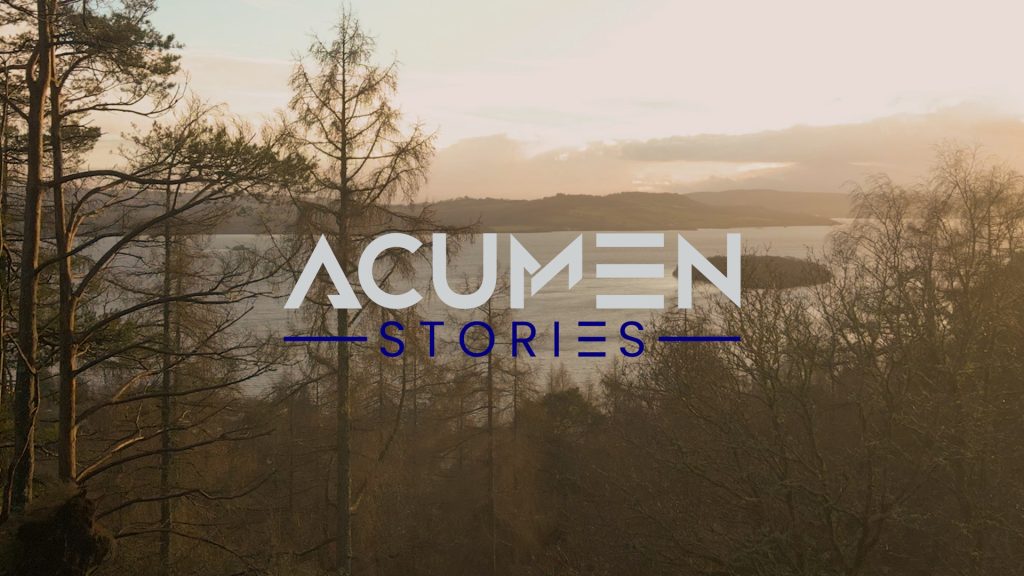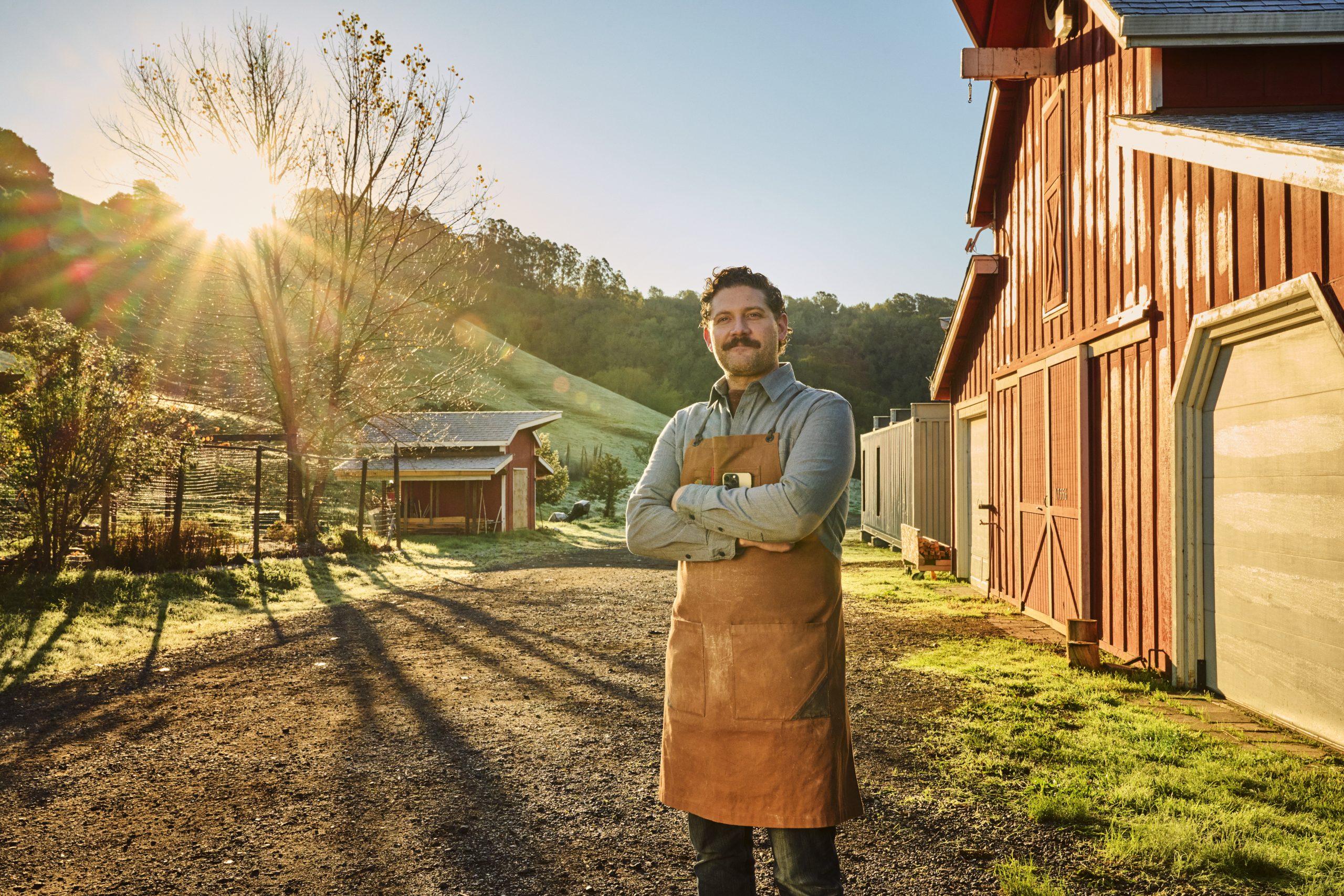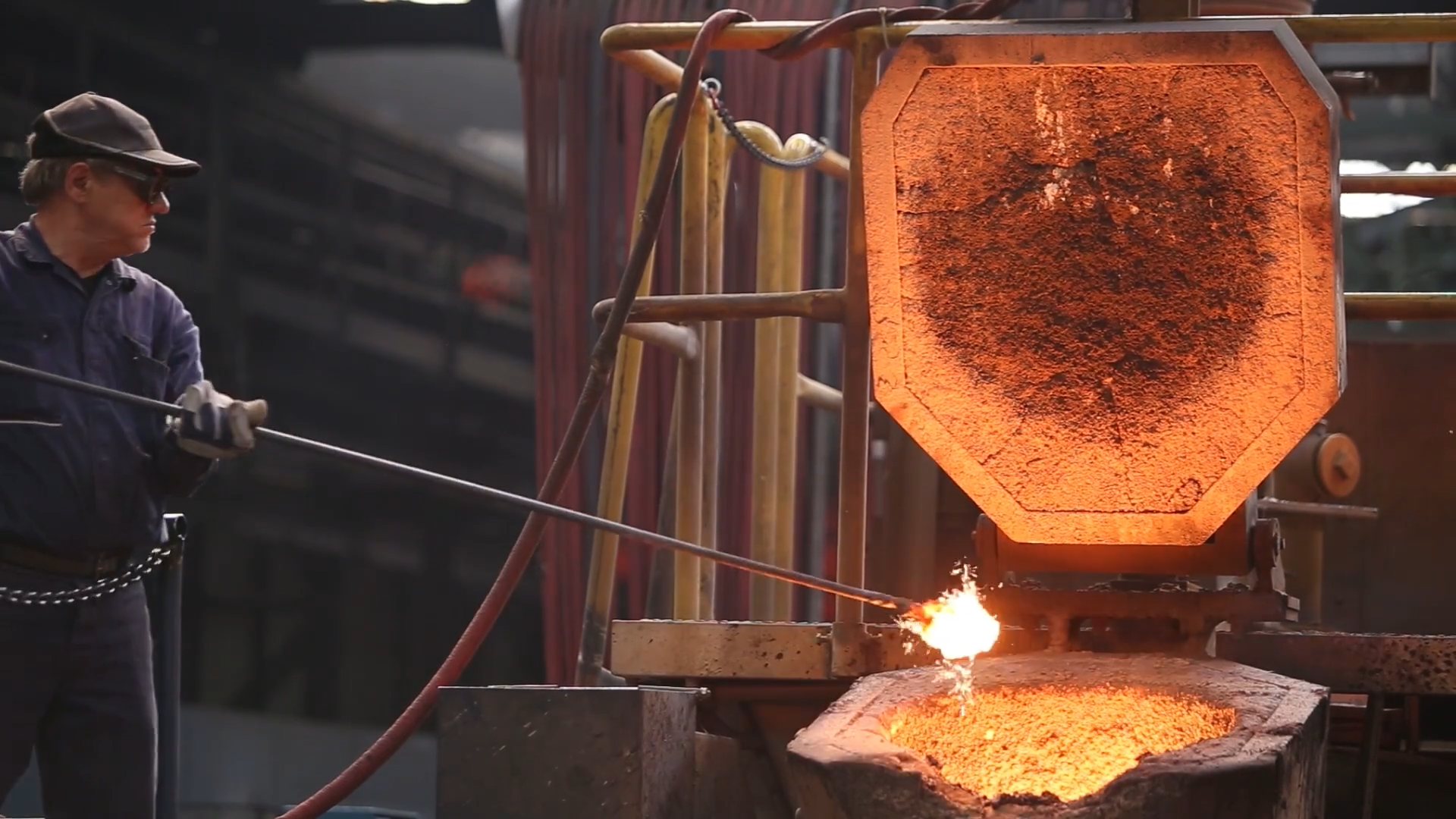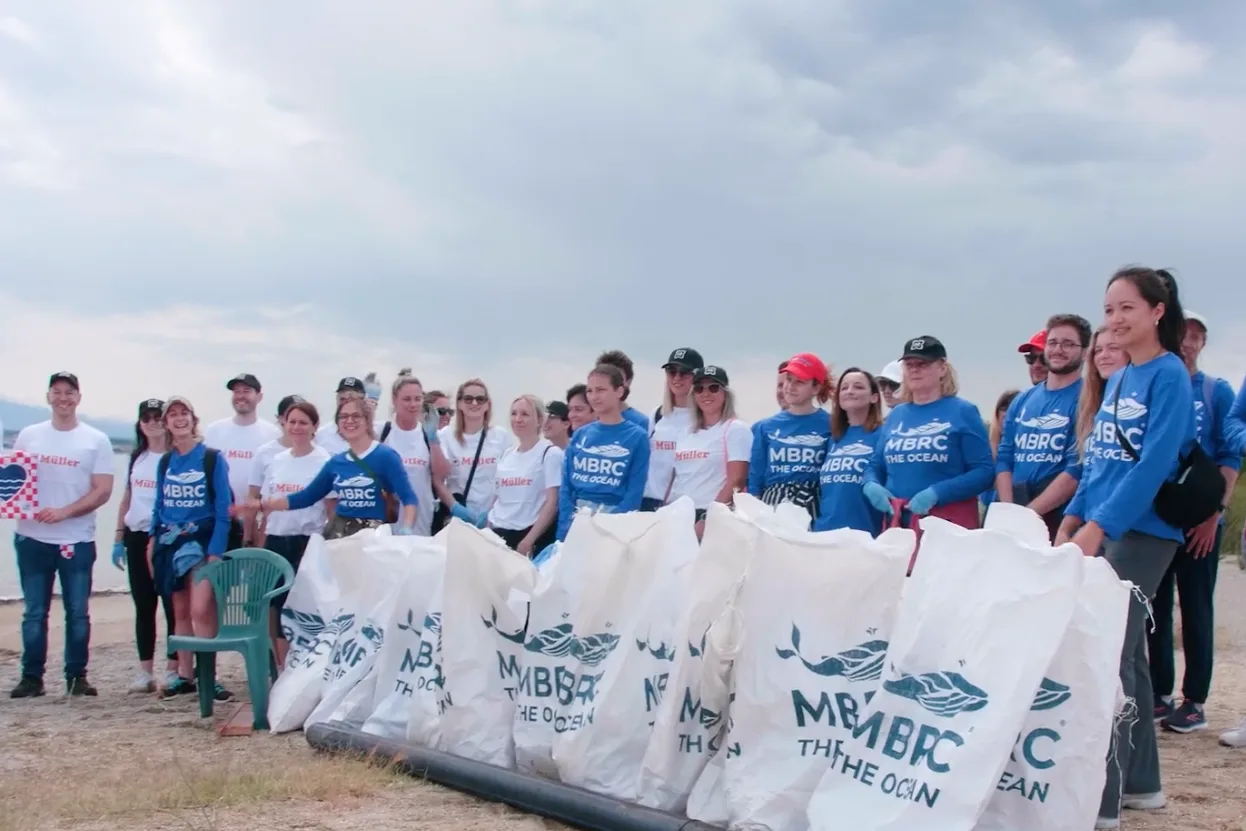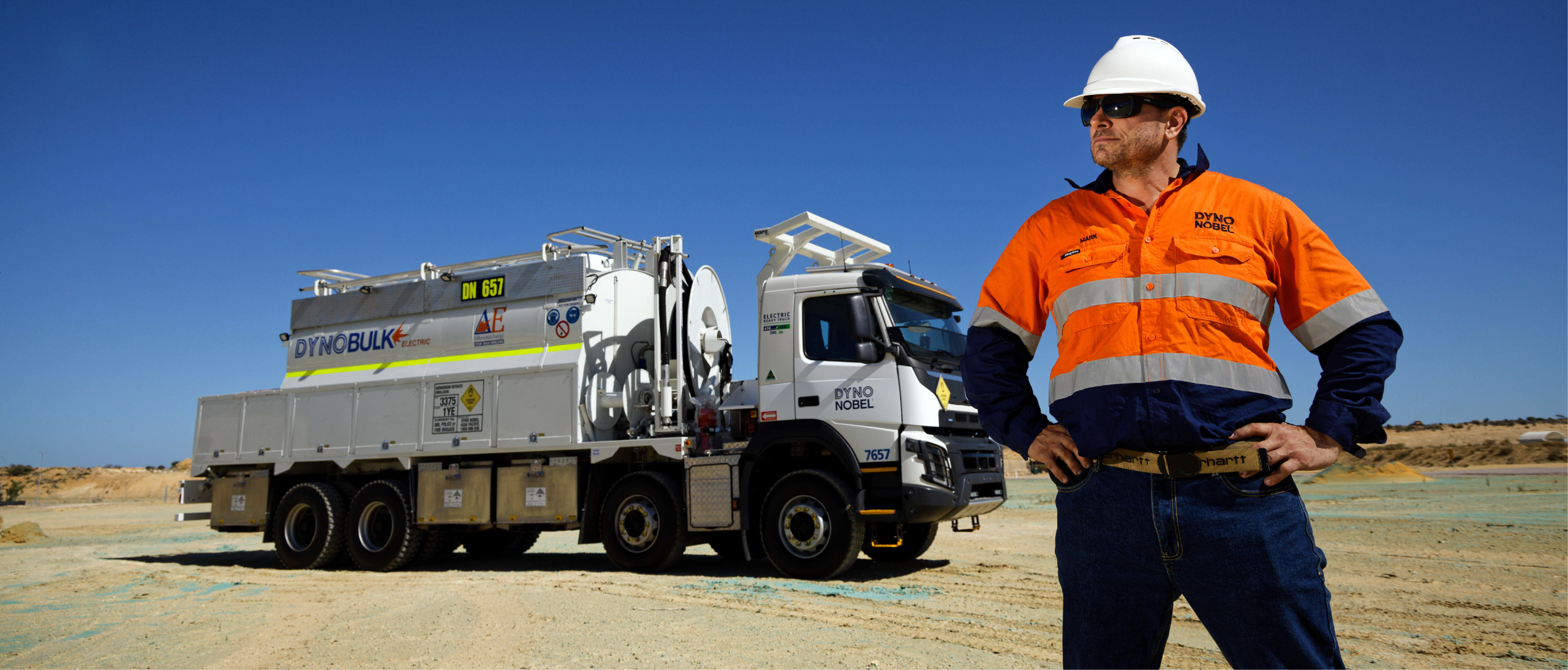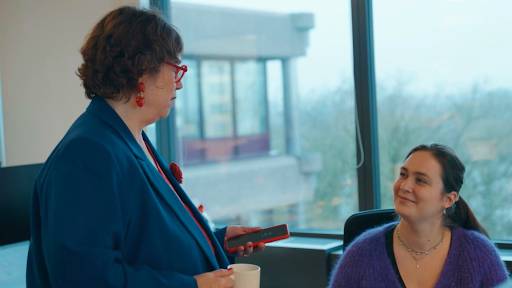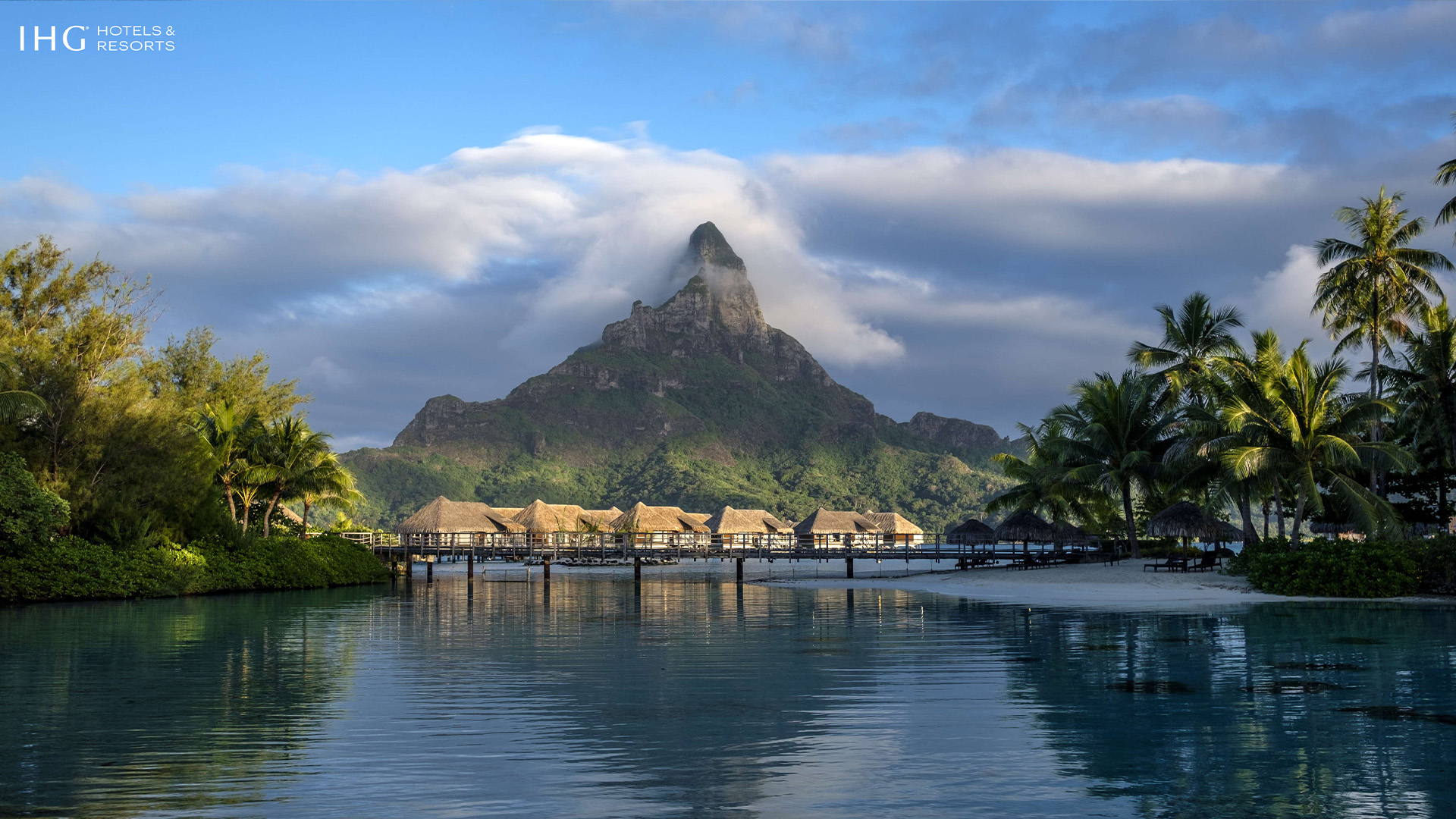Can Precision Tech Help Conserve the Rainforest?
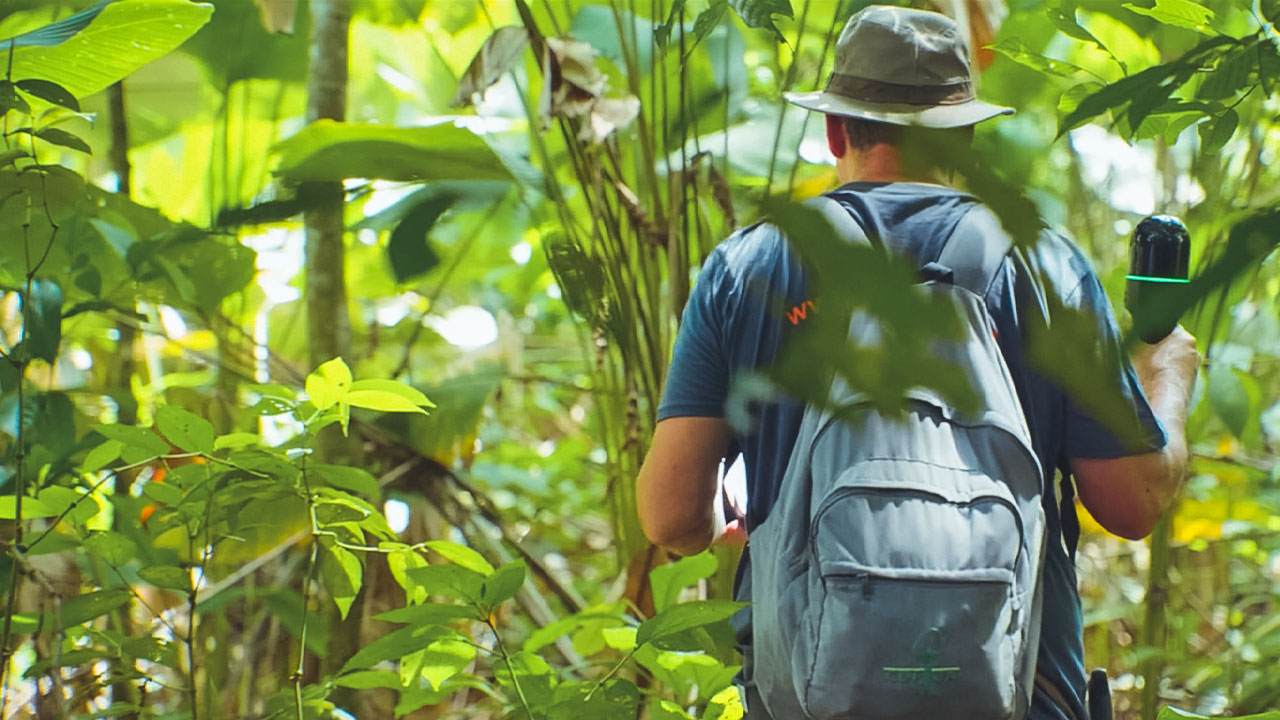
How digital twins in Costa Rica can provide industry with a blueprint to accelerate sustainable business practices.
Imagine a rainforest so vast and dense that it shelters more than half of the world’s plant and animal species. The La Gamba (COBIGA) corridor in Costa Rica is one such place. Home to around 3,000 species of vascular plants, the corridor serves as a vital link between two essential national parks.
Now, digital twin technology is being used to quantify the true impact of conservation efforts in the region.
“A digital twin is a precise digital representation of the physical world that uses dynamic data to simulate, analyse, monitor and optimise performance,” said Burkhard Boeckem, CTO, Hexagon. ”This technology allows us to create digital twins of almost anything — from the smallest objects to entire ecosystems like the COBIGA corridor. They allow us to make data-driven decisions, leading to more efficient and sustainable operations.”
Measuring the rainforest
La Gamba Tropenstation, an Austrian research station in association with the University of Vienna, has been working to preserve and expand the COBIGA corridor since 1993.
This ecosystem is home to numerous unique and endangered species. Due to its size and complexity, traditional measurement methods are inadequate.
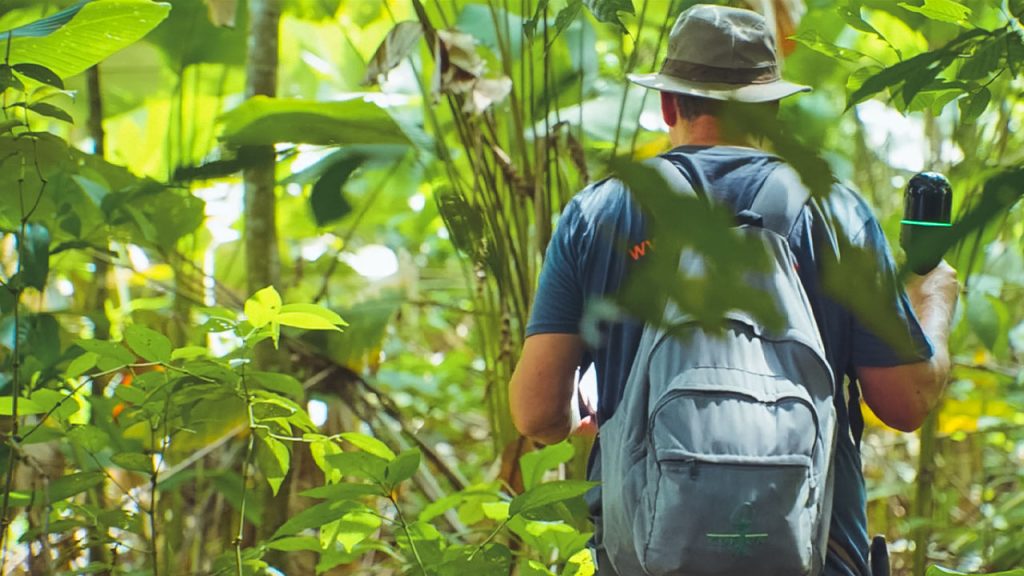
Using Hexagon’s airborne hybrid image, LiDAR sensors and ground-based reality capture technology, scientists mapped 100 square kilometres of the rainforest. With precision visualisation powered by Hexagon’s digital reality platform (HxDR), scientists can now model and monitor the rainforest within a three-centimetre level of accuracy.
Pioneering this approach to forest measurement and visualisation, Hexagon created the Green Cubes digital twin, which is a blueprint to help accelerate conservation and sustainable business practices.
Each cubic meter, or Green Cube, is like a biodiversity storage box. Packed with information from one of the planet’s most complex ecosystems, the Green Cube digital twin can track the health of tree canopies 100 feet in the air, study roots with underground radar and measure sound decibels to track biodiversity.
This initiative helps scientists and local communities work together to protect the forest. Companies interested in promoting biodiversity conservation can now sponsor Green Cubes as part of their ESG initiatives.
“Partnering with La Gamba Tropenstation to create the Green Cubes digital twin is the first step to finding better ways to protect biodiversity,” said Eva Carranza, Head of Sustainability, Hexagon. “This collaboration uses science and technology to improve conservation efforts, making our approach to protecting the planet more attainable.”
Learn more about Hexagon’s sustainable innovation – https://hexagon.com/company/sustainability
The change we empower
Beyond Costa Rica, Hexagon’s sensor and software technologies work across more than 27 industries to increase efficiency and reduce resource use, emissions and waste.
Environmental scientists have been using Hexagon’s 3D laser scanning technology to monitor glacier changes in the French Alps. Manufacturers use digital twins to simulate potential production errors and predict maintenance needs. Digital twins aid in planning for future decommissioning procedures and forecasting environmental impacts and remediation measures, benefiting industries such as mining and construction.
Projects like Hexagon’s Green Cubes initiative in Costa Rica show that collaboration is key to sustainability. Working together, we can shape a future where economic growth and environmental protection coexist.

